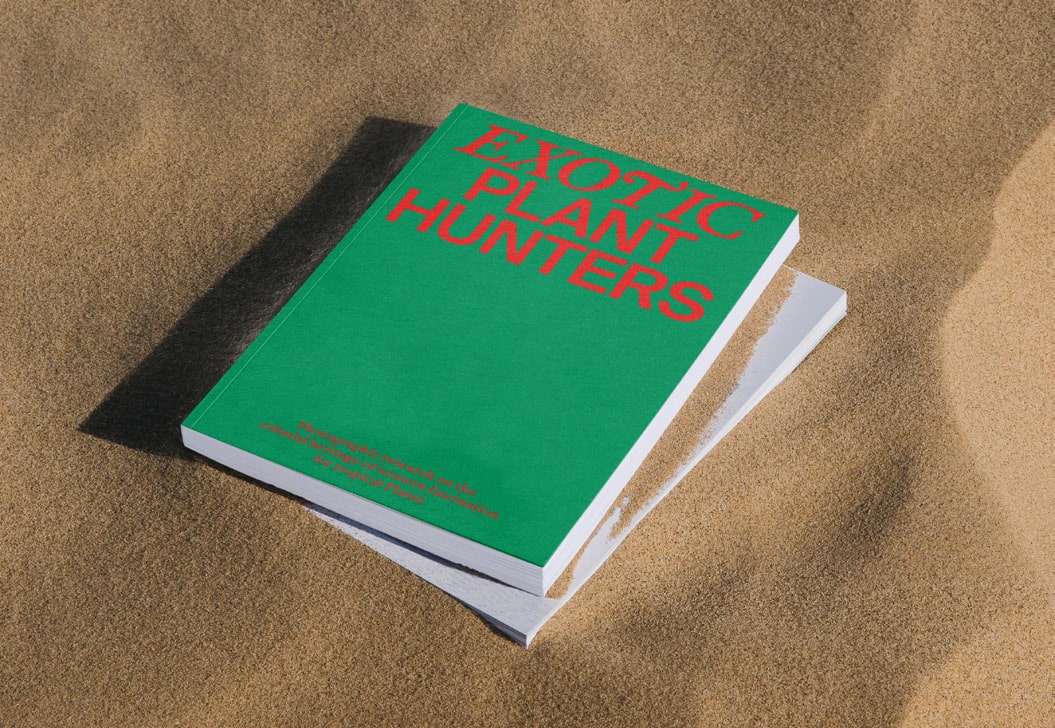| title | Exotic Plant Hunters |
| author | Julia Löffler |
| pages | 80 |
| size | 13 ✕ 18 cm |
| language | english |
| school | HAW Hamburg |
A photographic research on the colonial heritage of western fascination for tropical plants Monstera, Fiddle Leaf and Pilea are the stalky stars on social media. Owners call themselves “Plantparents” or “Plantfluencers”, and the “Houseplantclub”, which regularly shares photos of the most unusual plants, now has over a million followers. What is behind the increased interest in domesticated nature in the big-city apartments of style-conscious millennials? Where does this tropical longing come from, which is reflected in the “Urban Jungle”? Do people simply feel good when they are surrounded by nature, or is it rather the bad conscience towards it, that prompts them to cultivate the indoor tropics and at the same time watch the rainforest burn? What most plantfluencers may not realize is that the homegrown “modern urban jungle” is part of a colonial tradition that developed in the 19th century through colonial exploitation and shipping. Plant hunters at the time gave the wealthy bourgeoisie access to exotic plants, which they acquired for a high price. Decorative greenery was elevated to a status symbol, as only those with sufficient time and property could afford houseplants at that time. They were presented to guests in the salon and became the new-fashioned prop in family photos or portraits. Today, more ordinary plants can be bought cheaply at the hardware store, but the fancier and larger they’re grown, the faster the price skyrockets. For example, a seedling of the rare…
